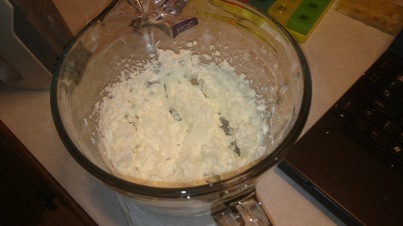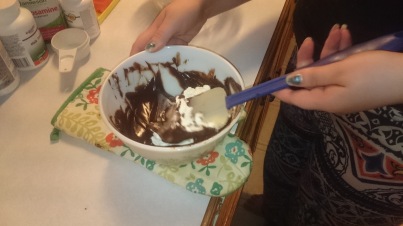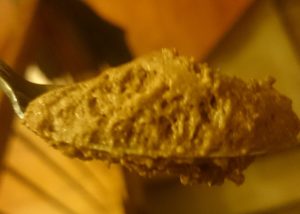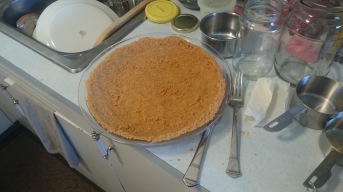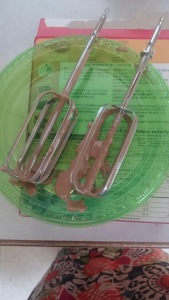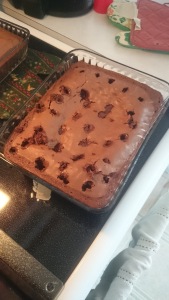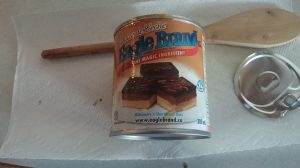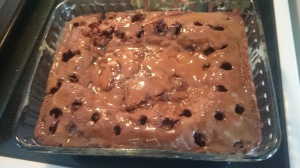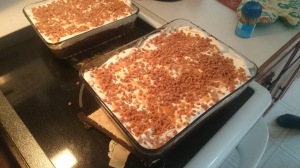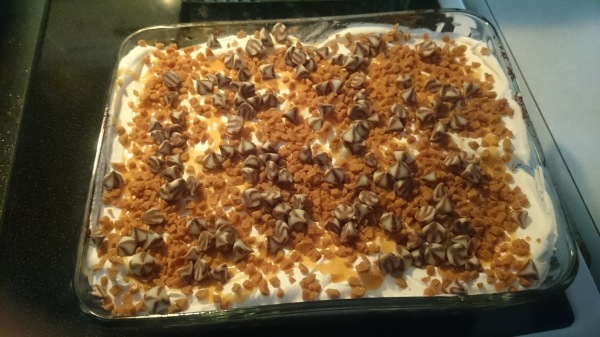What a season, what a season. If I were in person for this blog, I’d probably applaud myself and cheer rather pathetically, as is my style.
This blog post is designed to be your one-stop shop for all of my learning project posts in case you ever need to lose a few hours to me bumbling around, trying to find math in the most interesting places. All baking related, of course. I learned a lot in the ten posts that I made during this project, and I got to eat and share a lot of yummy things, too!
My friend, my sister, and I made pies this weekend, and I instructed both of them on how to properly mix the custard-y fillings, and how to make whipped cream. And how to separate eggs, so I really did feel that I made progress in my cooking. My sister even said, while we were baking, that she thinks I have come along way because I no longer look terrified when I am baking something. So that’s a plus! Below are the blogs I made wherein I learned to bake.
One-Stop Shop for all Your Blogging about Cooking Needs
- Intro – the first thing I did was decide that I was going to bake for this project. Honestly, I mostly just wanted to eat tasty things and tell everyone it was for a class. I didn’t expect much from it other than that. I added in the mathematical knowledge on top of it, for two reasons. As I mentioned in the post, I did do a baking project with my Grade 8s (I saw all of them a week ago, it was amazing, but also sad because I missed them so much, and I wish I could just stay there, but alas, I have to Film Festival it up, yo), but also because I wanted to prove to myself that I could find math in anything, and make it tangible and worthwhile to me and to my imaginary students.
- Salted Caramel Cookies – in my first post, I started with cookies becuase I thought it would be easiest. But it turns out I actually learned a lot from the experiement. I learned that cookie dough thickens depending on the temperature and the amount of flour proportionally, and that caramel like, evaporates in heat. For this math lesson, I did Grade 8 proportions, based on those two learnings.
- Salted Caramel Cookies – Revised – this post was more for me to actually learn from my mistakes of last time, and to try something new. That is, to put more caramel in smaller balls of dough. Not a complete success, but definitely an improvement.
- Cheesecake Brownies – I learned that my biggest impedement to cooking is my self confidence, as evidenced by my being wayyyy too stressed about how long to bake the brownies for. I decided to then make the math lesson revolve around Grade 9 linear realtions so students could find ways to graph and understand those baking times I struggle with.
- Cupcakes – This was when I made so many cupcakes it was like, the worst decision, there were 60 cupcakes, send help. The learning I did here was incredibly valuable, because it helped me gain confidence in my baking skills. I had to work hard and perservere when my recipe for the fillings didn’t turn out. And I learned to trust my judgement and not be afraid to try new things. Once again, my math lesson revolved around my learning and mistakes, with it being Pre-Calc 20 linear inequalities, and working with adjusting amounts of variables in an equation to make the best baking even if the recipe asks for different numbers of cups or amounts.
- Cake – Super fun one where I baked with my Mom. I love my Mom, she’s great, and she was a big help in me making the cake that I always make her make me for my birthday. Not much learning here, except again, gaining that confidence with baking times. I decided that the math could fall into Workplace and Aprenticeship 20 or 30, with surface area and volume. Mostly because it facinates me that the poke cake increases it’s surface area with the holes, but decreases its volume.
- Cooking Videos – The week of no kitchen because my parents were doing renovations. So I watched some videos to help inspire me for weeks to come. This blog will forever be known as The Time that Sarah Decided She was going to Separate an Egg and Talked about it for Literally a Million Years before She Actually did it. I hope I capitalized appropriately there.
- Pie – Probably where I learned the most, to be honest. I learned about how pie filling thickens, and to trust the recipe when it tells me these things happen. I learned about how meringue is formed by egg whites, and I learned how to make every part of a recipe from scratch. This lesson was for pi day, and so I used Pre-Calculus 30 as my lesson, as I thought it would be kind of cool for students to use a pie to introduce and look at the unit circle. Not because of any actually mathematical relevance the pie would have, just because it would look cool and be fun to cut in to.
- Brownies – The time I lost a bet and had to blog about it, because it involved baking. The best part of this blog was that I got to take one of Carmelle’s awesome suggestions and make it – which was the best idea! The Oreos in the recipe made me think it would be cool to ask Grade 7 students how many cookies could possibly fit into the recangular shape without losing any part of the cookie. Of course, you can break the cookies and reshape them. But in my math class, we don’t waste any of that cookie, it goes on that brownie.
- Mousse – The be all end all of the project. I learned to separate an egg (I DID IT) and I learned how to fold in ingredients. It was a super fun part of the project, and I felt like I had actually learned a lot when I got to this point. Especially in the way of confidence, because though I thought I had failed, I just kept trying, and working at the recipe, where in January, I would have just given up and asked someone to just do it for me. So that was the biggest step of all for me. I also learned a little bit about baking and how air is useful in baking. I am still not 100% sure how mousse is made, but I do have some better ideas due to the beating of the eggs and heavy cream.
So that’s it! There’s the whole project! I hope you enjoyed being a part of the learning, and I hope you try out some of the recipes yourselves. If you take anything away from this experience, I hope it’s what I learned the most – to be confident in yourself and just keep trying, because failure is not the worst thing.
Oh, and also, math is totally everywhere, I bet you can find it. Learning is everywhere, I bet you can find it.
Have a great, amazing, splendid, and worthwhile day, you are all wonderful humans, probably.



